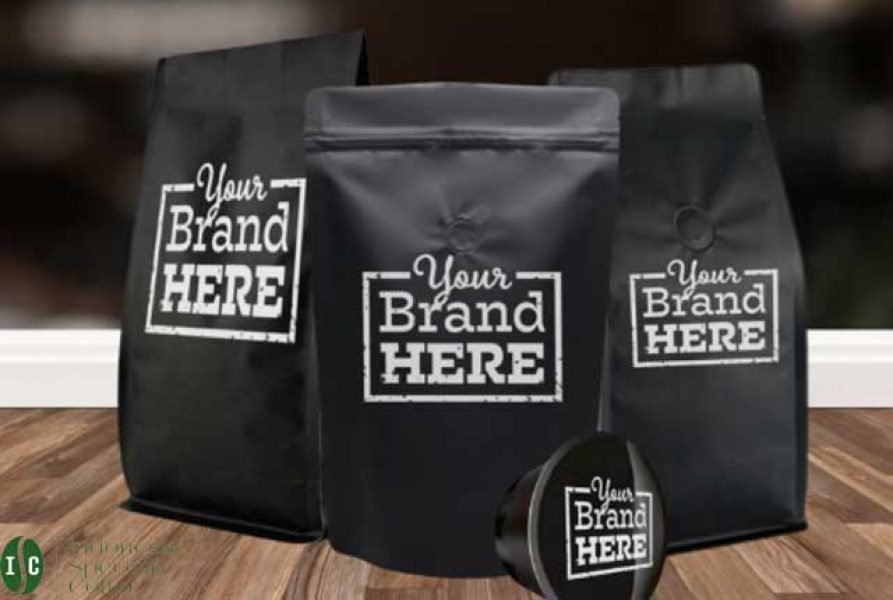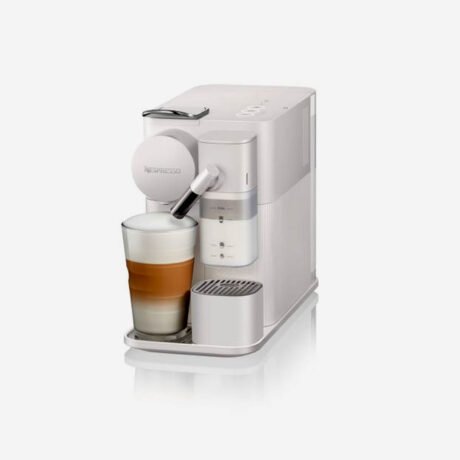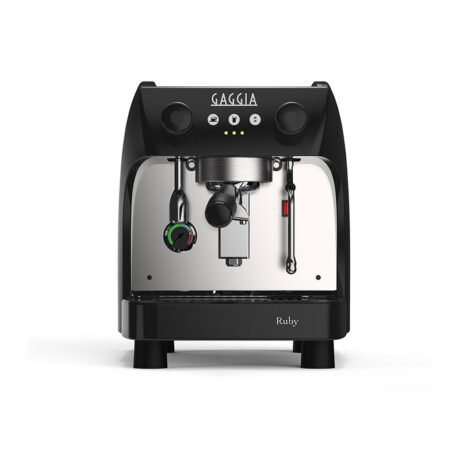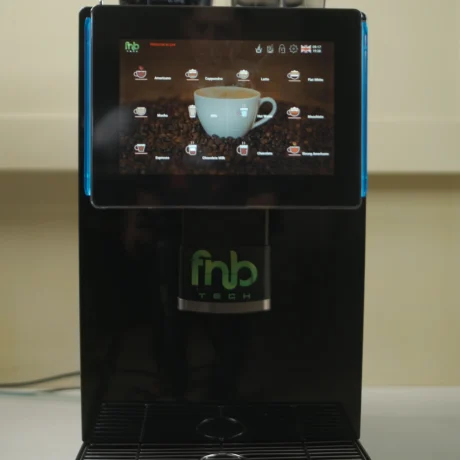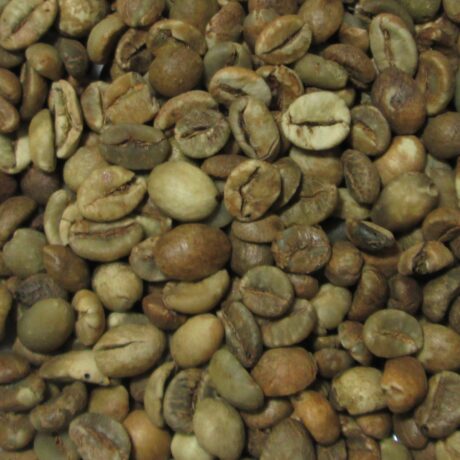Private label coffee roasters let you sell exclusive blends and single origins under your own brand—without owning a roastery. With a disciplined framework—brief → sourcing → roast R&D → packaging → QC → launch—you lock flavor, protect margins, and convert first-time buyers into subscribers. This guide covers the entity, process controls, buyer intent, and an execution plan that scales cleanly.
What “private label coffee roasters” means
- Private label: a roasting partner produces coffee that carries your identity using their facility and, often, their green inventory.
- Contract roasting: you supply the green; the roaster executes your curves and packs to spec.
- Toll roasting: you pay for machine time and labor while managing green purchase and packaging.
Use private label to expand grocery house brands, stock café shelves, power hospitality amenities, and validate D2C demand before capex. It succeeds when you enforce traceability, publish roast dates, and ship on cadence.
The 6-step launch blueprint
1) Define the portfolio
Set clear roles: espresso blend (milk-friendly), filter blend (clarity), decaf, and one rotating single origin. Velocity beats SKU bloat.
2) Write a flavor brief
One paragraph per SKU that states target sweetness, acidity, body, finish, brew intent (espresso/filter), and acceptable roast color range. The brief becomes your QC contract and training anchor.
3) Source green coffee with discipline
Lock flavor at origin. Build a resilient bench of suppliers using the in-depth supplier selection guide (How to find the best specialty coffee beans suppliers for your coffee shop) and a distributor checklist (Find the right green coffee bean distributor). Verify physical and sensory quality through grading standards (Cup above the rest: specialty coffee grading) so every lot meets your target profile.
4) Roast R&D and validation
Run 3–5 curves per SKU, cup blind, choose the winner, and validate off the cupping table on espresso, pour-over, and immersion. Log charge temp, RoR, gas steps, development ratio, end temp/time. A curve without a log is unusable.
5) Packaging that sells and protects
Specify high-barrier or recyclable mono-material with a one-way valve. Front label: brand + origin/process + taste notes. Back label: brew recipe, roast date, grind guidance, net weight. Extend shelf integrity by following proven freshness controls in this freshness management playbook (Guide to extending the life and aroma of coffee beans).
6) Roast-and-ship cadence
Roast on fixed days; ship within 24–72 hours of roast. Educate customers to rest espresso 5–10 days and enjoy filter during days 2–21 for peak clarity. Cadence drives repeat purchase and stabilizes cash flow.
Sourcing rigor, QC, and sustainability
Quality rests on traceability and spec discipline. Require moisture, water activity, screen size, and defect counts for every lot. Keep lot codes that link roasted batches to green inventory. Cupping is a pass/fail gate with predefined deltas; any out-of-spec batch is remade. If you sell into Europe, build documented due diligence early; the EUDR overview (EUDR regulations: new challenges for the coffee industry) outlines the evidence chain you must keep on file.
Operations, economics, and risk
MOQs & lead times. Agree on minimums per SKU and guaranteed roast + ship windows. Freshness outperforms warehousing.
Pricing. COGS = green + roast labor + energy + packaging + labels + freight + QC + wastage. Target 60–70% markup on landed COGS for MSRP; offer 30–45% discount to MSRP for wholesale without eroding unit economics.
Shelf-life protocol. Hold control bags at room temp, cup weekly at 7/14/30/60/90 days, and adjust packaging or gas flush based on data.
Risk controls. Secondary green options with similar sensory geometry, carton lining and palletization for freight, and a written recall procedure tested on schedule.
Pain points and decisive fixes
- Inconsistent cups → enforce flavor briefs, lock curves, batch logs, and pass/fail cupping against a control; remake when deltas exceed limits.
- Stale inventory → roast on cadence, print roast dates, rotate FIFO, and prune slow SKUs.
- Weak storytelling → label origin, process, elevation, and include a simple brew recipe; add a QR to support videos.
- Compliance gaps → centralize supplier docs and geolocation evidence; stop POs without proof.
Partner checklist (choose with intent)
Select a roaster that proves: reproducible curves with complete logs; oxygen-controlled packing with accurate date coding; formal SLAs for roast window, ship window, and max age on dispatch; transparent sourcing and a documented recall path.
FAQ
How many SKUs launch well?
Three: an espresso blend, a filter blend, and one rotating single origin. Add decaf and capsules after velocity proves out.
Do I need custom packaging on day one?
No. Start with stock bags and professional labels; move to custom print once volume stabilizes to lower unit cost and raise recall.
How fresh should private-label coffee ship?
Within 24–72 hours of roast, with a printed roast date. Educate on resting espresso and the peak filter window for best results.
How do I guarantee batch consistency?
Use written flavor briefs, locked roast curves, batch logs, and pass/fail cupping. No logs, no batch.
How do I choose suppliers without guesswork?
Follow the supplier and distributor frameworks linked above and confirm grading and freshness protocols before signing.

